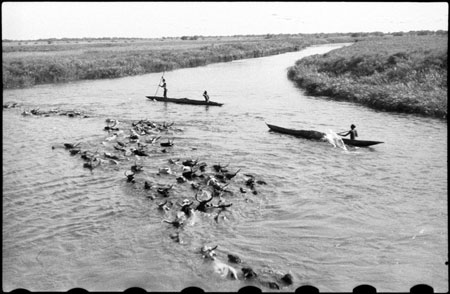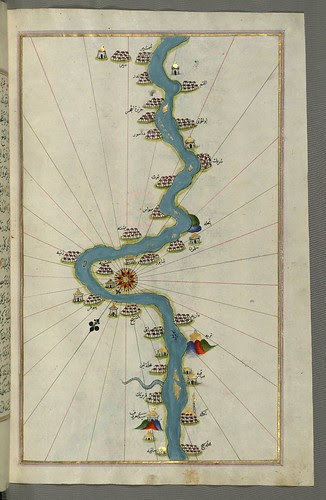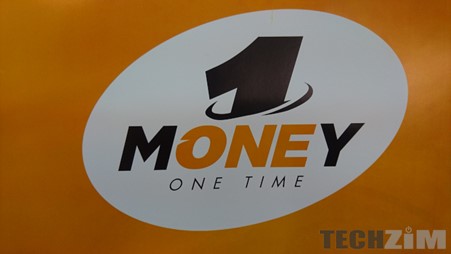Introduction

Introduction
Are you familiar with the situation in Koo and other regions in Greater Upper Nile? RSS is a newly independent country with a lot to hope for. Despite this, 90% of the population has no mean of earning incomes because most of the population over 80% live in the remote rural regions with no access to the functioning institutions, such as the service industry, manufactures, school, mobility, transportation, modern employment, health care, and only around 10%-20% live in the city or cities that have got no electricity supply for the most residents, no water supply to every household and no toilets or sanitation. Since the independence, some 15 years ago, multilateral agencies, mainly international NGOs are playing an active role in understanding the acute challenges relating to their stricken poverty and chronic diseases. But these challenges in the name of poverty and illiteracy are affecting everything and weeding them out will require a different strategy of solving the problems. Particularly when the poverty is so acute, and the rate of illiteracy is so high there than anywhere in the world. Goal 1 and 2 of the United Nations Sustainable Development Goals (SDGs) envision eradicating poverty and ending dependency and hunger in the regions by years 2030 has certainly failed to achieve that. We are now in 2021-22 already and there is no way in which they can accomplish their goals within the coming nine years because they simply run out of time. In fact, the suffering of the entire population has dramatically increased a thousand times than fifty years ago. So, what exacerbated their situation? During the civil war which lasted for over four decades, the population in these regions had been trapped in a vicious circle: of stricken poverty, chronic diseases, and extreme insecurity, which resulted in unimaginable chaos as the whole population are deprived of the base’s needs, dispossessed, displaced, demoralized, frightened and there are no obvious ways to help them than the inadequate short-term relief supplies which come to them through the airs’ lifts because the whole country is landlocked. Now, poverty does not only rule their world, but it also threatens the very foundations of this fragile independence and order of their society. While a tiny number of the people would be seen driving around some propelled vehicles in the capital – showing off their social status – they are still in the same boat with the rest of the population because they could not even travel to see their relatives, who are trapped in other cities and in the rural regions.


Poverty is a multi-dimensional problem that encompasses a state of total deprivation of the individual, in terms of social, healthcare, and educational opportunities provided to him/ her. Thus, poverty stands in the path as an obstacle for individuals to tap their full potential and undermines the overall prosperity of the population. Accepting the status quo is often observed to be a commonality amongst the privileged sections of society. We must be aware of the imbalance of power dynamics present in our lives. There seem to exist some arbitrary, almost condescending demarcations of structural hierarchies that we accept as part of the norm, which can only be understood properly once we scratch below the surface. However, this does not mean that the privileged sections are not affected by them. For us to comprehend the imperative behind eradicating inequality, we must analyse the magnitude of social damage as well as the intensification of social evils that sustained inequality brings with itself, not only for those sitting on the lowest rungs of the economic ladder but for the society at large as well. It is the need of the hour for us to formulate a culture that departs from social injustices and cycles of oppression, and actively questions its own apathy. Everywhere you look you find that crimes in the remote rural areas and urban cities are all symptoms of stricken poverty. Poverty not only creates wide-ranging economic difficulties but also fuels social disorders and political unrest, which is set off by the overpowering instinct for individuals to fulfil their basic needs.

Bridge Fund Management project was launched to raise sufficient funds to build the crossing | opening bridges in Koo and other spotted areas marked as dangerous to cross the river Nile. There have been long experiments, discussions, and numerous assessments on how to reduce death, save lives and mitigate the impact of changing river volumes and different floodplain terrain in experimental trials with the designers of the bridges, civil engineers, architects, and road builders in these regions. Unlike the other two regions, Greater Equatoria, and Bahr el Ghazal, Koo and most of the Greater Upper Nile are the low land regions which explained why every year millions of people were reported as missed or risked their possessions or drown amid crossing the River Nile. There have been too many rains in these regions most times of the year which added to the wildest “upstream” to River Nile at different flow rates and to different potential flood conditions. For the past fifty years, various social and political groups and governments had recommended the bridges to be built in Koo | other areas in Greater Upper Nile to save millions of lives of people. Though these regions are total landlocked, the engineers’ and the architects’ assessments say that with the present advanced technology this project will cost less, and the three pieces of works will be delivered and completed within estimated timescales approximately from 12 -to- 18 months, according, of course, the availability of the machinery, labor forces and sufficient funds needed to complete the task. The project intends to raise $150m -$300m US dollars. And will drastically mitigate all other crises, improved security, increase trade, and will reduce the people’s dependency on handouts. We urge the reader to visit the website and make your contribution to the project.
Bridge Fund Management project was launched to raise sufficient funds to build the crossing | opening bridges in Koo and other spotted areas marked as dangerous to cross the River Nile. There have been long experiments, discussions, and numerous assessments on how to reduce death, save lives and mitigate the impact of changing river volumes and different floodplain terrain in experimental trials with the designers of the bridges, civil engineers, architects, and road builders in these regions. Unlike the other two regions, Greater Equatoria, and Bahr el Ghazal, Koo and most of the Greater Upper Nile are the low land regions which explained why every year millions of people were reported as missed or risked their possessions or drown amid crossing the River Nile. There have been too many rains in these regions most times of the year which added to the wildest “upstream” to River Nile at different flow rates and to different potential flood conditions. For the past fifty years, various social and political groups and governments had recommended the bridges to be built in Koo | other areas in Greater Upper Nile to save millions of lives of people. Though these regions are total landlocked, the engineers’ and the architects’ assessments say that with the present advanced technology this project will cost less, and the three pieces of works will be delivered and completed within estimated timescales approximately from 12 -to- 18 months, according, of course, the availability of the machinery, labor forces and sufficient funds needed to complete the task. The project intends to raise $150m -$300m US dollars. And will drastically mitigate all other crises, improved security, increase trade, and will reduce the people’s dependency on handouts. We urge the reader to visit the website and make your contribution to the project.




Head Office
Mobile but you can reach us at
London SE15, UK
Call Us
+44 (0) 2045119720 / + 44 (0) 7538096688
